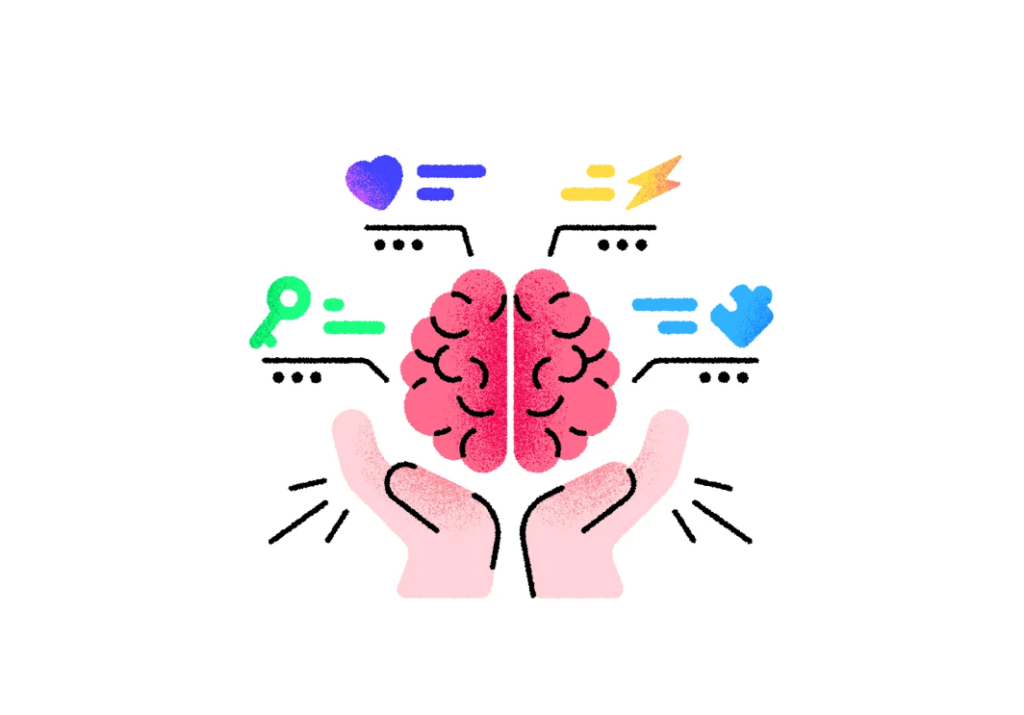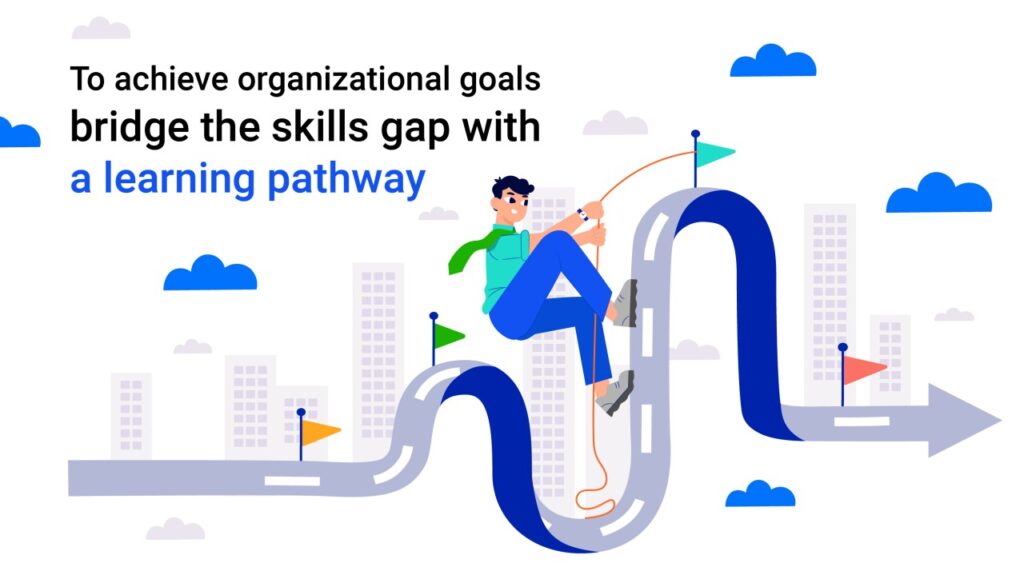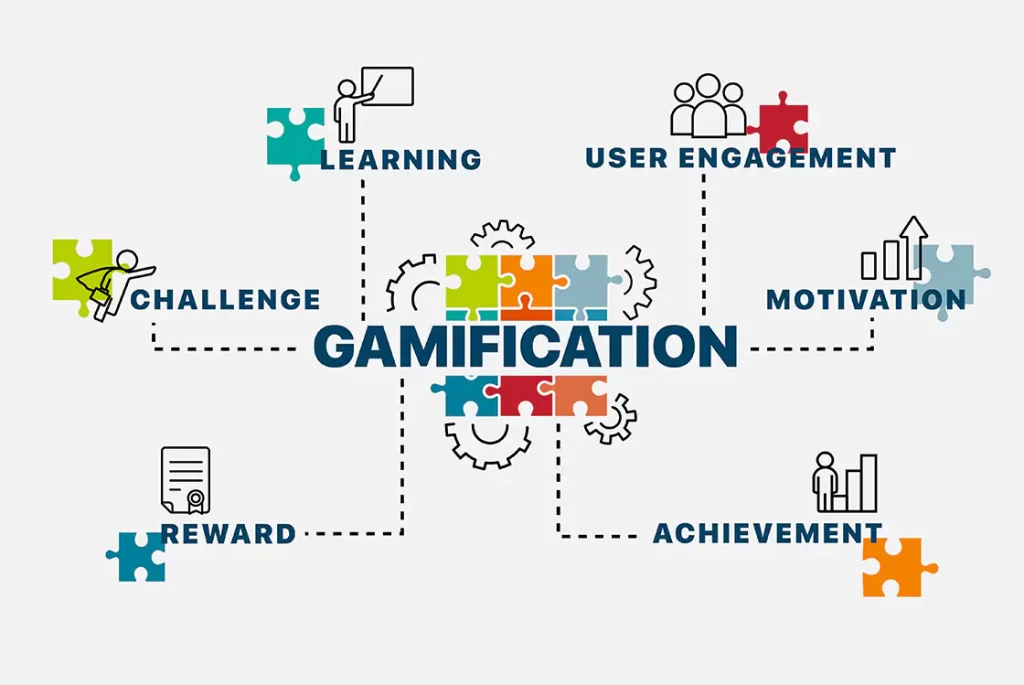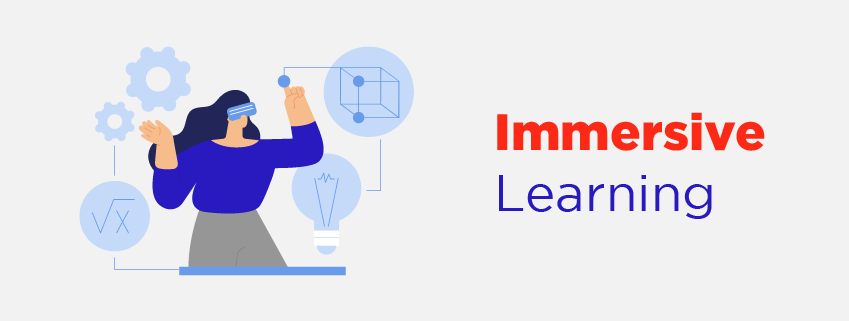The world of online learning is constantly evolving, and Skool, a popular platform for creating and managing online communities, is at the forefront of this exciting journey.
As we delve into the future of online learning communities, let’s explore some significant trends shaping the evolution of Skool and its communities:
1. The Rise of Microlearning and Bite-Sized Content:

- Trend: Learners are increasingly seeking concise, focused learning experiences that fit seamlessly into their busy lives. Attention spans are shrinking, and learners are bombarded with information on a daily basis. This shift necessitates a move away from lengthy lectures and towards easily digestible content chunks.
- Impact on Skool: This trend will manifest in several ways within Skool communities:
- Microlearning modules: Creators will develop short, focused lessons that tackle specific learning objectives within a specific timeframe, ranging from 5-15 minutes. These modules can be easily integrated into various formats like video tutorials, infographics, or interactive quizzes.
- Snackable content: Bite-sized content pieces like short explainer videos, social media posts, or audio snippets can be used to reinforce key concepts, offer quick tips, or introduce new topics within a community.
- Curated learning pathways: Creators can curate collections of bite-sized content that address specific learning goals or cater to different learning styles. This allows learners to personalize their learning journey by choosing the content that best suits their needs and schedules.
2. Personalized Learning Pathways:

- Trend: Learners are demanding personalized learning experiences tailored to their individual needs and goals. The “one-size-fits-all” approach to learning is becoming increasingly ineffective, as learners seek learning experiences that cater to their individual strengths, weaknesses, and learning styles.
- Impact on Skool: Skool communities will likely embrace several innovations to personalize the learning experience:
- Adaptive learning technologies: These technologies can track learner progress, identify knowledge gaps, and recommend content that best aligns with individual needs. Imagine Skool suggesting relevant courses, modules, or resources based on a learner’s performance in quizzes or discussions.
- Customizable learning paths: Creators can offer flexible course structures that allow learners to choose modules, adjust their learning pace, and select preferred learning formats. This empowers learners to steer their own learning journeys and focus on areas most relevant to their individual goals.
- Learner-driven communities: Skool communities can foster peer-to-peer learning through discussion forums, study groups, or collaborative projects. This allows learners to learn from each other, share experiences, and receive personalized feedback from peers and mentors.
3. The Power of AI-powered Learning:

- Trend: Artificial intelligence (AI) is revolutionizing the way we learn, offering personalized recommendations, adaptive feedback, and intelligent tutoring systems. AI can analyze vast amounts of data to identify patterns and personalize learning experiences based on individual needs and learning styles.
- Impact on Skool: We might see several ways AI can be utilized within Skool communities:
- AI-powered chatbots: These chatbots can provide 24/7 support and personalized learning recommendations to learners within the community. Imagine a chatbot assisting learners with navigating the platform, answering quick questions, or suggesting relevant resources based on their search queries.
- Intelligent feedback systems: AI can analyze learner responses in quizzes, assignments, or discussions and offer personalized feedback tailored to their specific needs. This can be in the form of highlighting strengths, identifying areas for improvement, or suggesting additional learning resources.
- Automated content creation: AI can potentially assist creators in generating microlearning modules, personalized learning pathways, or automated feedback prompts. This can free up creators’ time and allow them to focus on developing more engaging and effective learning experiences.
4. Gamification and Interactive Learning:

- Trend: Gamification techniques, incorporating elements of games into learning experiences, are gaining traction due to their ability to boost engagement and motivation. By leveraging elements like points, badges, leaderboards, and challenges, gamification can transform learning into a fun and rewarding experience.
- Impact on Skool: Expect to see these gamification elements implemented in various ways within Skool communities:
- Interactive courses and modules: Creators can design courses that incorporate game-like elements such as quizzes with points and leaderboards, interactive simulations, or point-based learning rewards. These elements can make learning more engaging and encourage friendly competition amongst learners.
- Community challenges and contests: Skool communities can host periodic challenges or contests around specific learning
5. Immersive Learning Experiences: Redefining Engagement in Skool Communities

The future of online learning is not just about what we learn, but how we learn. Immersive learning experiences are emerging as a powerful trend, and Skool communities can be at the forefront of this exciting evolution. These experiences aim to transcend traditional learning methods by creating a more engaging, interactive, and realistic learning environment.
Impact on Skool: While VR and AR technology integration might still be nascent in online learning communities, here’s how we can envision immersive learning taking shape within Skool:
- 360° Videos and Virtual Tours: Imagine exploring historical sites, dissecting virtual frogs, or attending virtual conferences all within a Skool community. 360° videos and virtual tours can transport learners to different environments and spark curiosity and engagement through a more immersive learning experience.
- Interactive Simulations: Skool communities can incorporate interactive simulations that allow learners to apply their knowledge in simulated scenarios. For example, a business course could offer a simulation where learners manage a virtual company, facing real-world challenges and making critical decisions.
- Augmented Reality Learning Materials: Imagine learners using their smartphones or tablets to interact with AR learning materials overlaid on the real world. This could involve visualizing anatomical structures, exploring historical landmarks through an AR filter, or interacting with 3D models of scientific concepts.
These immersive learning experiences within Skool communities can offer several benefits:
- Increased Engagement and Motivation: Immersive experiences can be more engaging and stimulating than traditional learning methods, leading to increased learner motivation and knowledge retention.
- Improved Learning Outcomes: By placing learners in realistic scenarios and fostering active participation, immersive learning can enhance understanding and improve learning outcomes.
- Accessibility and Flexibility: These experiences can make learning more accessible to learners who may not be able to travel to physical locations or participate in traditional learning environments.
While integrating these technologies might require further development and adaptation, Skool communities have the potential to be at the forefront of incorporating immersive learning experiences in the future. As these technologies evolve and become more accessible, we can expect them to play a significant role in shaping the future of online learning communities and offering learners a truly transformative experience.
